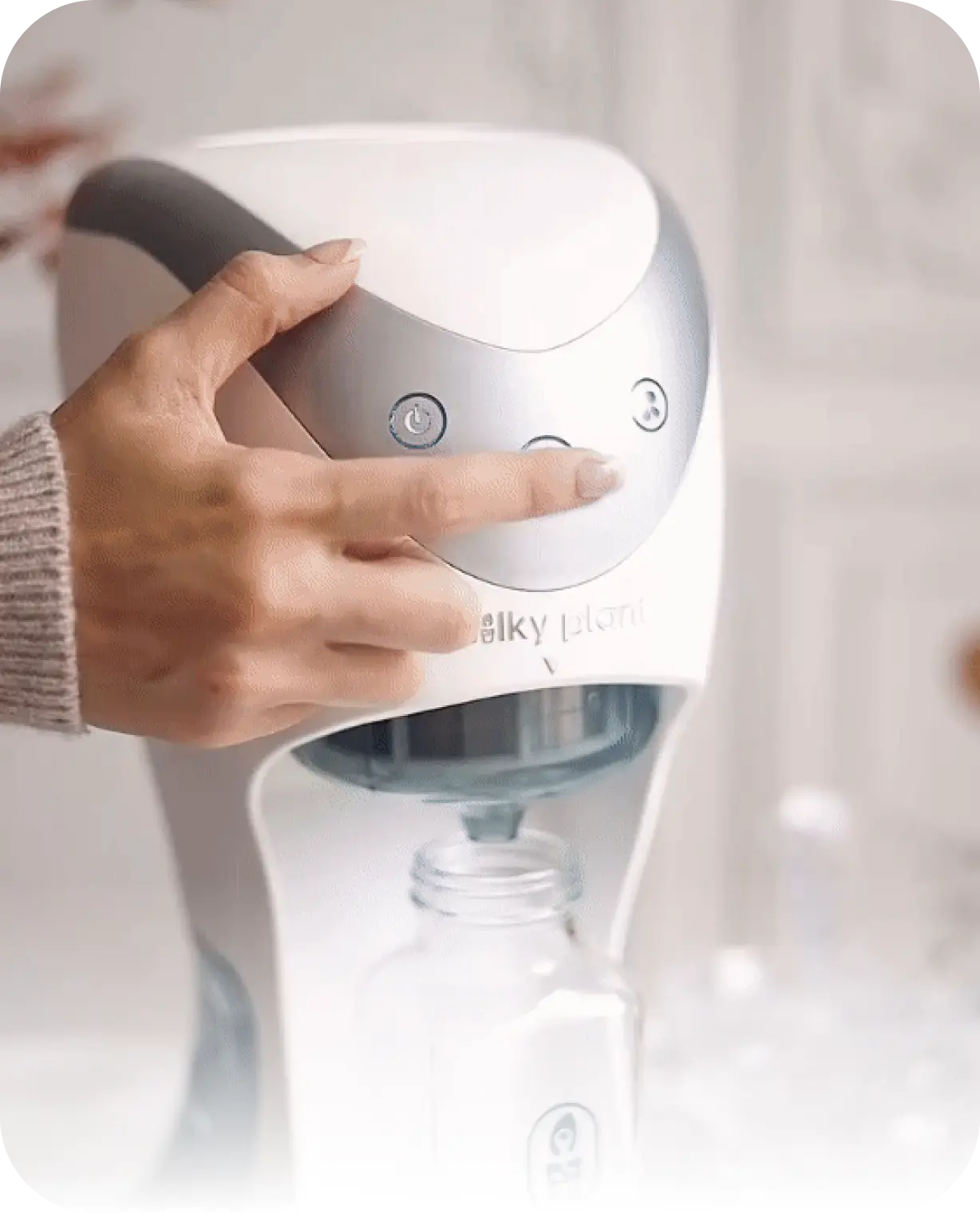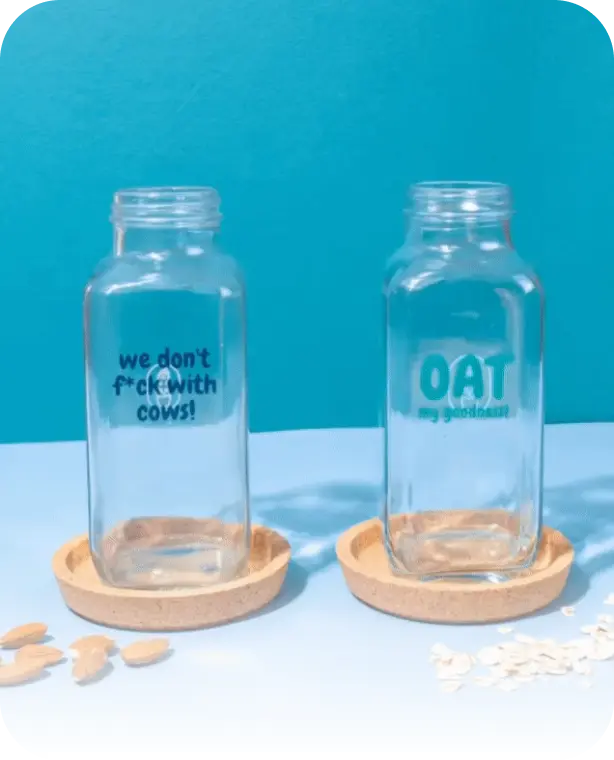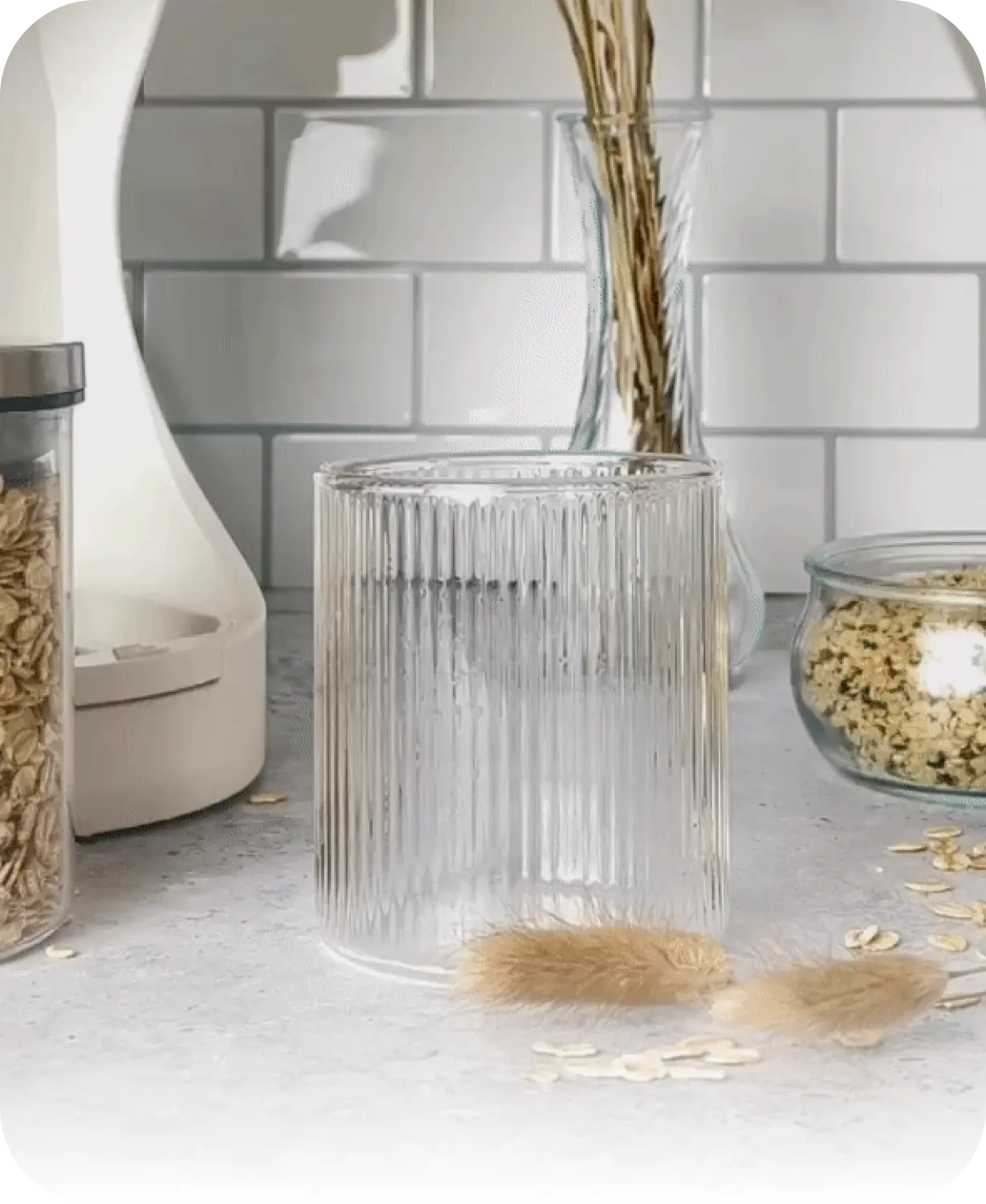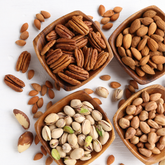Fresh, simple science so you can drink smarter, and make better plant milk.
Water looks simple. Clear, tasteless, life-giving. But a glass from your tap is a tiny soup of dissolved minerals, traces of chemicals, and, increasingly, microscopic particles people didn’t expect to be there. Knowing what’s in your water helps you decide whether to drink it straight, filter it, or take small extra steps (like remineralizing) to protect flavour and nutrition, especially when you’re making fresh plant milk at home.
What’s commonly found in tap water (and why some of it is good)
Tap water usually contains dissolved minerals that come from source water and distribution pipes: calcium, magnesium, potassium, and small amounts of sodium and bicarbonate. These minerals give “hard” water its taste and provide a modest source of dietary calcium and magnesium. Public health bodies still treat safe, well-managed tap water as the backbone of population-level hydration and sanitation. World Health Organization
The contaminants scientists watch most closely
Researchers separate water constituents into two broad groups: natural/beneficial minerals and contaminants of concern. The latter includes:
- Heavy metals (lead, arsenic, cadmium): toxic at low levels, especially for children; lead remains a top public-health worry where old pipes or fittings exist. World Health Organization
- Nitrates and agricultural runoff: can be a problem for infants and where farming runoff reaches groundwater. MDPI
- Industrial and emerging chemicals (including some PFAS-like “forever chemicals” and trifluoroacetic acid (TFA)): persistent in the environment and showing up in rivers, municipal water, and even bottled waters in several recent surveys. PAN Europe+1
A 2024 systematic overview of chemical contaminants highlights that arsenic, nitrates and fluoride are still high-priority issues globally, especially in places with weaker water management. That’s why regulations and monitoring programs differ by country. MDPI
Microplastics and nanoplastics, the new unknowns
Multiple reviews and studies from 2023–2025 confirm microplastics are ubiquitous: many tap water samples worldwide contain microplastic fibres and particles. The health implications are not yet fully understood, scientists are actively studying absorption, toxicity, and whether plastics can carry other contaminants into the body, but presence alone has prompted interest in reducing exposure where practical. ScienceDirect+1
Fluoride: benefit vs. risk
Fluoride in low concentrations has a well-established role in reducing tooth decay, which is why many jurisdictions fluoridate public water. But recent evidence (and active reviews by agencies) has focused on neurodevelopmental outcomes at higher exposure levels. Current U.S. and WHO guidance sets conservative fluoridation levels (e.g., around 0.7 mg/L in the U.S.), and expert panels continue to reassess the evidence to balance dental benefits and potential risks. If you’re concerned (for example, about infants consuming formula made with fluoridated water), local guidance and testing are a good step. National Toxicology Program+1
How filtration changes the chemistry of your water
Not all filters are the same, and they don’t all affect water chemistry in the same way:
-
Reverse osmosis (RO) systems remove the broadest range of dissolved solids (including many minerals, heavy metals, and tiny particles). That’s great for removing contaminants, but RO also reduces the naturally occurring mineral content, so many people remineralize RO water for taste and electrolyte balance. ScienceDirect+1
-
Carbon/pitcher filters reduce chlorine taste, some organic chemicals, and certain metals, but they vary widely in how well they remove other contaminants (and generally do not remove dissolved salts or most microplastics). PubMed Central
-
Specialized filters (e.g., those that target PFAS or use multi-stage membranes) are needed to address particular contaminants.
Which filter you choose should depend on two things: (1) what your tap water actually contains (get a local water quality report or test), and (2) what you most want to remove (taste issues, heavy metals, PFAS, microplastics, etc.). World Health Organization+1
Practical, evidence-based tips for better hydration and better plant milk
- Check your local water quality report or test at home. Municipalities publish annual reports; a targeted laboratory test can reveal lead, arsenic, nitrates, fluoride, or PFAS if you suspect an issue. World Health Organization
- Match the filter to the problem. If tests show lead, choose a certified filter that removes lead (many RO and certified carbon-ceramic filters do). If your concern is PFAS or emerging organics, select filters certified for those compounds. ScienceDirect+1
- If you use RO water, consider remineralizing for taste and to restore small amounts of dietary calcium and magnesium (helps with mouthfeel when making plant milk). ScienceDirect
- For baby formula and vulnerable groups, follow local public-health advice, some recommendations differ for infants because of mineral balance and fluoride exposure. National Toxicology Program
- Limit bottled-water reliance. Recent studies show bottled water can also contain nanoplastics; reusable bottles filled from a properly filtered tap can be a lower-waste option. AP News
Tap water is more than H₂O: it’s a cocktail of minerals, trace elements, and, sometimes, contaminants. The science is evolving (especially around microplastics and emerging chemicals), but the practical path is clear: test, then act. Use an evidence-based filter matched to your needs, remineralize when you remove beneficial minerals, and keep an eye on authoritative guidance from public-health bodies.
If you’re looking for a user-friendly home solution that combines thorough purification with convenience, The Watery offers a 4-stage reverse-osmosis system with built-in water-quality monitoring and instant hot-water features,deal if you want reliably pure water for drinking or for cooking.















